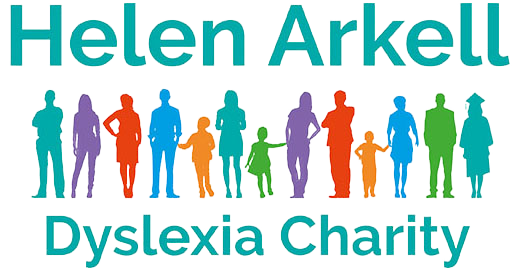Reading and spelling
• Confusion of letters similar in shape, for example d / b; u / n
• Confusion of letters similar in sound, for example v, f, th; also vowels
• Reversals, for example was / saw
• Transposals, for example left / felt; auction / caution
• Omission or insertion of words
• Repetition of a word or phrase
• Changing sequence of words, for example she is / is she
• Confusion of small words, for example of, for, from
• Bizarre spelling
Reading
• Difficulty in keeping the correct place on the line
• Difficulty in switching from the end of the line to the beginning of the next one
• No expression, or intonation in wrong place
• Difficulty in understanding a passage even if correctly read
• Faulty auditory sequencing: Roman merains (remains)
• Mispronouncing some words: renember
• Difficulty in sounding out unfamiliar words
Writing
• Foreshortening: rember (remember)
• Fusion, for example up (up)
• Repetition of a word or words
• Capitals left out, or in the wrong places
• The letter i not dotted, the letter t not crossed, the letter l crossed
• Poorly formed letters or, if shape is correct, formed in an unconventional way
• Difficulty in keeping on the line
• Omission of punctuation, confusion over punctuation and syntax
• Odd pencil grip
• Difficulty in copying from a blackboard
Other indications
• Late in learning to speak
• Difficulty in repeating long words: unanimous, preliminary
• Confusion between: right/left, east/west, up/down, etc
• Difficulty in sequencing: the alphabet, months of the year, numbers, words in a sentence
• Difficulty in learning tables, or doing mental arithmetic
• Slow in looking up words in a dictionary
• Poor concentration and memory
• Difficulty in interpreting other symbols: figures, notes in music, etc
• Late in learning to tell the time, and in such things as tying shoelaces, etc
• Difficulty in understanding concepts such as: in/on/under, yesterday/tomorrow
• Other poor readers or weak spellers in the family





